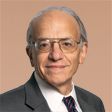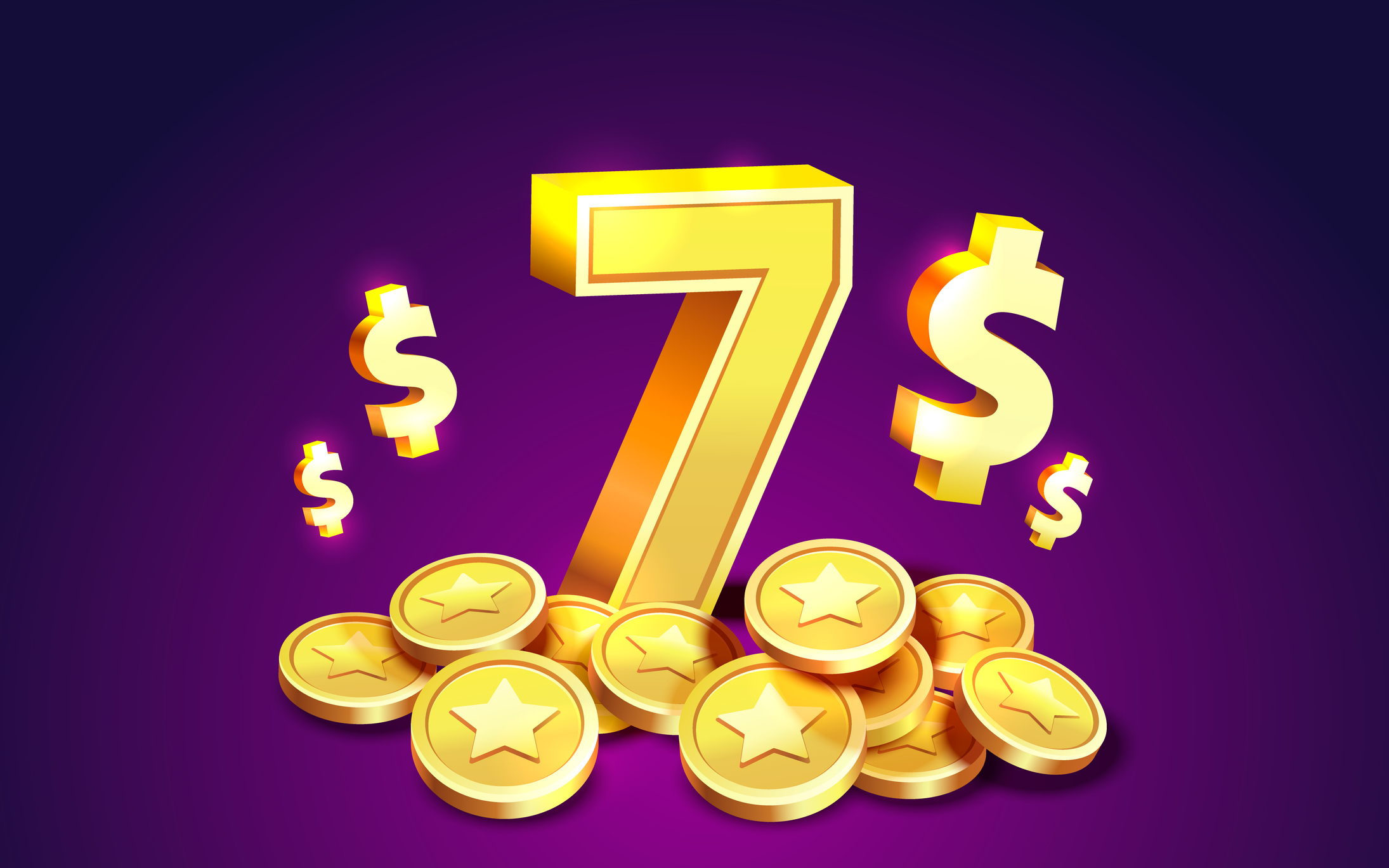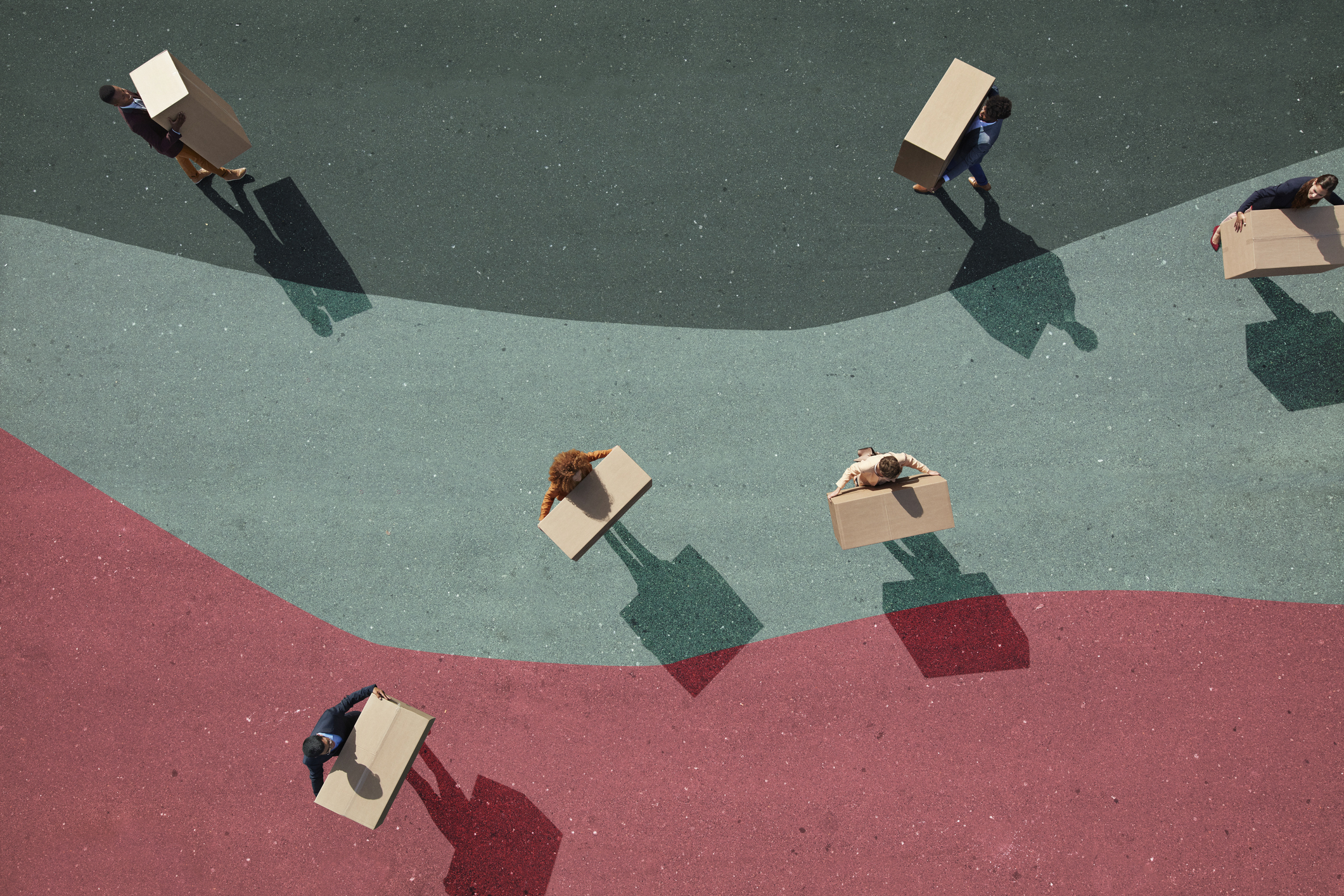The Fed's Rate Forecast Is Too High
Powerful economic forces, such as sharply lower growth in the labor force, are pushing interest rates down.

The Dot Plot. It sounds like a nefarious scheme hatched in a spy novel. But its power to move markets is greater than any other piece of data released by the Federal Reserve at meetings of its Federal Open Market Committee, which is responsible for setting interest rates. Each quarter, the 19 members of the FOMC are asked to forecast gross domestic product, unemployment, inflation and, most important, the federal funds rate (the rate at which banks lend excess reserves to each other overnight, and the key interest rate the Fed uses to set monetary policy). Funds-rate forecasts are plotted as dots on a graph. The resulting “dot plot” is the Fed’s best predictor of the future path of short-term interest rates, which are critical for both the stock and bond markets.
The dot plot released in September was jarring to a number of market watchers. Only one FOMC member expected interest rates to rise by the end of this year. But rates are expected to rise significantly in 2015. By the end of next year, most committee members think the funds rate will be about 1.25% (up a full point from 0.25% currently), and by the end of 2016, the average forecast is nearly 3%. By the end of 2017, most members anticipate that the rate will be very close to their long-term target of 3.75%.
Those forecasts are troublesome because they are well above what the market expects the federal funds rate to be. In the fed funds futures market, which is a guidepost to future rates, the December 2015 contract trades at just 0.75%, about 0.5 percentage point below the FOMC’s expectation. And the December 2016 contract trades about 0.75 percentage point below Fed expectations. The longest-dated futures contract (August 2017) trades at just 2.40%, more than one whole percentage point below the Fed’s prediction for the end of that year.
From just $107.88 $24.99 for Kiplinger Personal Finance
Become a smarter, better informed investor. Subscribe from just $107.88 $24.99, plus get up to 4 Special Issues

Sign up for Kiplinger’s Free Newsletters
Profit and prosper with the best of expert advice on investing, taxes, retirement, personal finance and more - straight to your e-mail.
Profit and prosper with the best of expert advice - straight to your e-mail.
Some critics have complained that the Fed is “behind the curve” by holding the funds rate near zero for too long. That may have been true in the past, but it’s no longer the case. The Fed’s interest-rate outlook is far more hawkish than that of investors in the futures market, who bet substantial amounts of money on what the rate will be.
Which prediction should we believe? Looking ahead to the next year, I think the Fed’s more aggressive view is right. Economic growth will be 3% or higher over the next several quarters, which means the Fed will have to raise interest rates sooner rather than later. However, over the longer run, I think the Fed’s interest-rate forecasts are far too high. As I said in my Going Long column last June, powerful economic forces—sharply slower growth in the labor force, declining commodity prices and an aging population of investors who prefer the lower volatility of bonds to stocks—are pushing interest rates down.
The Fed’s mistaken long-term forecasts hark back to the period from 1960 through the 1990s, when gross domestic product grew, on average, more than 3.5% a year and inflation averaged 4.5%. In those decades, the fed funds rate averaged 6.7%, about two percentage points above inflation. But today, with long-term GDP growth forecast to drop to 2% annually with a much lower inflation rate, the fed funds target rate should settle somewhere between 2% and 3%. That means the futures market, and not the Fed, is closer to being right about the level of rates long term. If the Fed ultimately tries to lift the fed funds rate higher than the futures rate, it risks triggering a recession.
Eventually, the Fed will have to alter its forecasts when it confronts the fundamental forces pushing interest rates lower. As Fed chairman Janet Yellen emphasizes, all of the Fed’s interest-rate forecasts depend on the evolution of the data. Any good plan must adapt to changing circumstances, and the dot plot is no exception.
Profit and prosper with the best of Kiplinger's advice on investing, taxes, retirement, personal finance and much more. Delivered daily. Enter your email in the box and click Sign Me Up.

-
 Santa Claus Rally at Risk as Tech Stocks Slump: Stock Market Today
Santa Claus Rally at Risk as Tech Stocks Slump: Stock Market TodayThe Nasdaq Composite and Dow Jones Industrial Average led today's declines as investors took profits on high-flying tech stocks.
-
 7 Ways to Save Money on Almost Everything
7 Ways to Save Money on Almost EverythingHigh prices got you down? These strategies can help you reap deep discounts on everyday spending.
-
 My Top 10 Stock Picks for 2026
My Top 10 Stock Picks for 2026Each year, we ask an expert to pick 10 stocks that have the potential to beat the market over the next 12 months. Here are his choices for 2026.
-
 Special Report: The Future of American Politics
Special Report: The Future of American PoliticsThe Kiplinger Letter The Political Trends and Challenges that Will Define the Next Decade
-
 The November CPI Report Is Out. Here's What It Means for Rising Prices
The November CPI Report Is Out. Here's What It Means for Rising PricesThe November CPI report came in lighter than expected, but the delayed data give an incomplete picture of inflation, say economists.
-
 The Delayed November Jobs Report Is Out. Here's What It Means for the Fed and Rate Cuts
The Delayed November Jobs Report Is Out. Here's What It Means for the Fed and Rate CutsThe November jobs report came in higher than expected, although it still shows plenty of signs of weakness in the labor market.
-
 What to Expect from the Global Economy in 2026
What to Expect from the Global Economy in 2026The Kiplinger Letter Economic growth across the globe will be highly uneven, with some major economies accelerating while others hit the brakes.
-
 December Fed Meeting: Updates and Commentary
December Fed Meeting: Updates and CommentaryThe December Fed meeting is one of the last key economic events of 2025, with Wall Street closely watching what Chair Powell & Co. will do about interest rates.
-
 What Fed Rate Cuts Mean For Fixed-Income Investors
What Fed Rate Cuts Mean For Fixed-Income InvestorsThe Fed's rate-cutting campaign has the fixed-income market set for an encore of Q4 2024.
-
 The Delayed September Jobs Report Is Out. Here's What It Means for the Fed
The Delayed September Jobs Report Is Out. Here's What It Means for the FedThe September jobs report came in much higher than expected, lowering expectations for a December rate cut.
-
 Shoppers Hit the Brakes on EV Purchases After Tax Credits Expire
Shoppers Hit the Brakes on EV Purchases After Tax Credits ExpireThe Letter Electric cars are here to stay, but they'll have to compete harder to get shoppers interested without the federal tax credit.